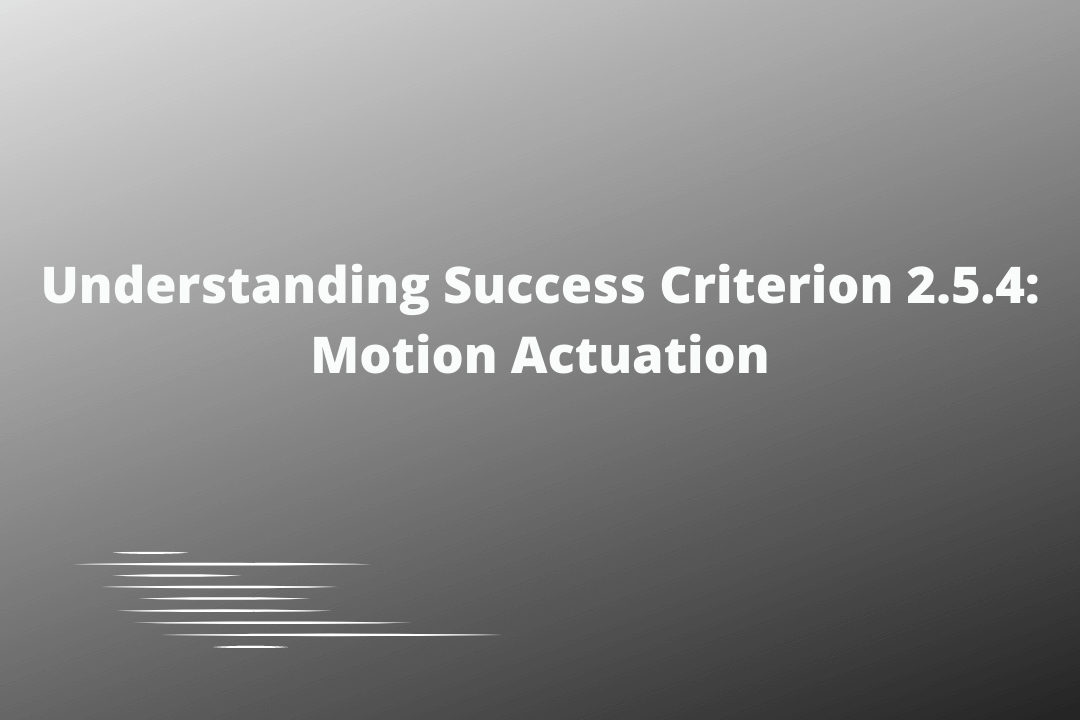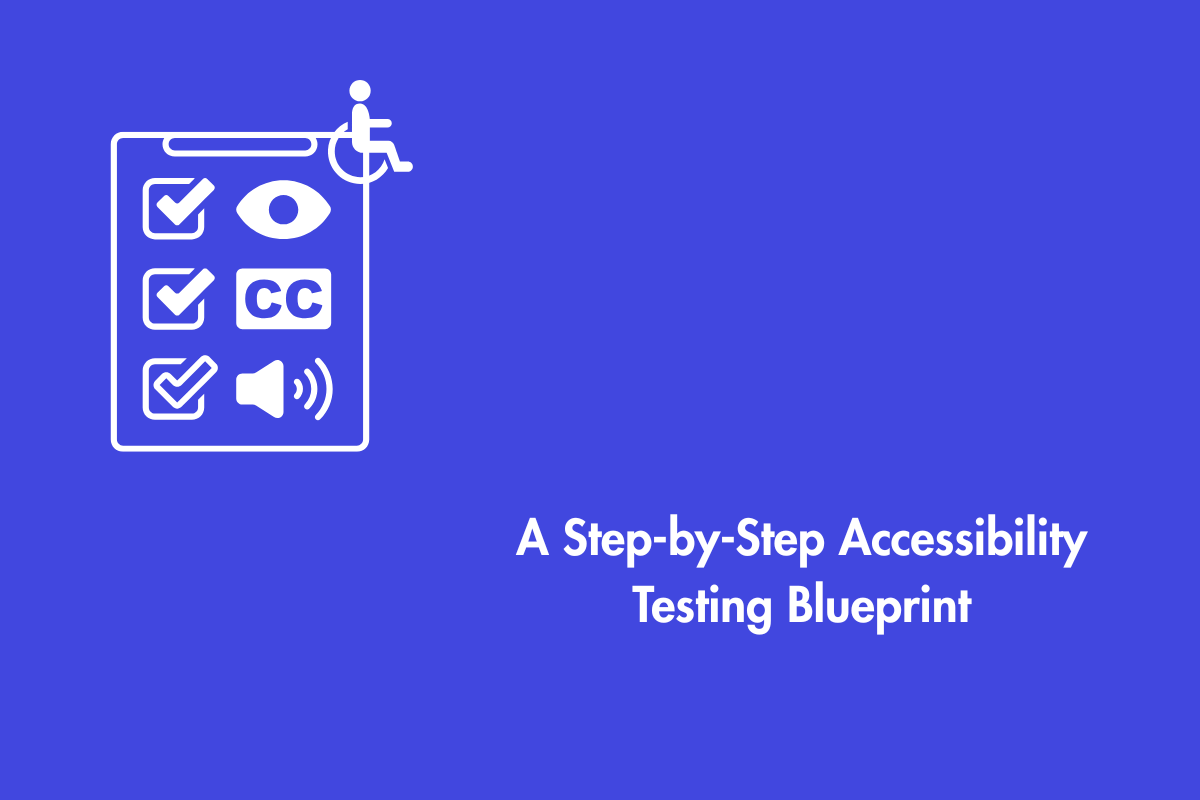Ensure that functions that are triggered by device or user motion are disabled and provide an alternative input method to activate those functions.
Table of Contents
Official Requirements
Success Criterion 2.5.4 Motion Actuation (Level A): Functionality that can be operated by device motion or user motion can also be operated by user interface components and responding to the motion can be disabled to prevent accidental actuation, except when:
Supported Interface
The motion is used to operate functionality through an accessibility-supported interface;
Essential
The motion is essential for the function and doing so would invalidate the activity.
Why is it required?
People with motor impairments find it difficult to perform particular motions (such as tilting, shaking, or gesturing), this might happen because their device is mounted or they may be physically not able to perform the necessary movement. Therefore, providing an alternate input method will help these users to access these functions.
How do we fix it?
Provide conventional controls and allow users to disable the motion control
For example: shake to undo feature
After the text is entered in a field shaking the device will trigger the feature and will erase the text. In this case, an option should be provided in settings to disable the feature and then either enable the backspace key or provide a clear button next to the text field offering the same functionality.
Are there any exceptions?
There are two exceptions to this success criteria
- When the motion is essential for the function
- If the motion is used to operate the functionality through an accessibility supported interface itself.
Mistakes to avoid
- The option to disable motion actuation is not provided
- Motion activation can be disabled but it disrupts or disables the system-level functions



